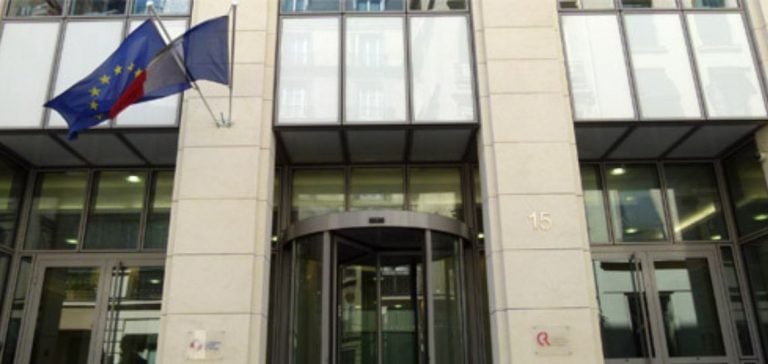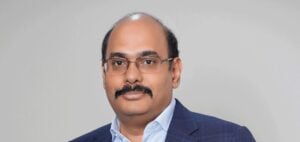The French Energy Regulatory Commission (CRE) presents a set of strategic recommendations for the regulation of hydrogen and carbon dioxide infrastructures in France.
These guidelines aim to structure these emerging sectors while guaranteeing a stable and transparent investment framework, essential for their medium- and long-term development. In the context of the energy transition, hydrogen and carbon capture are playing an increasingly important role in industrial decarbonization.
Investments in the necessary infrastructure, both for hydrogen transport and storage and for CO₂ capture and sequestration, require specific regulatory rules.
CRE therefore recommends measures differentiated according to local and national scales, while taking care to avoid distortions of competition between the various market players.
Hydrogen: dual-scale regulation
Low-carbon hydrogen represents a major lever for reducing greenhouse gas emissions from heavy industry.
France’s national hydrogen strategy focuses initially on local deployment, notably via industrial hubs.
These production zones should enable hydrogen to be consumed locally, reducing the need for large-scale, complex and costly transport infrastructures.
CRE recommends a regulatory framework adapted to this first phase, ensuring the competitiveness of these hubs while anticipating a scale-up.
For example, regulation could evolve towards a two-tier tariff structure: a regional level for local infrastructures, and a national level for infrastructures interconnected between different hubs.
This pricing model would encourage infrastructure development while supporting the competitiveness of small local players in the face of larger national or European initiatives.
To ensure effective regulation, CRE proposes a strict distinction between competitive and regulated activities, particularly with regard to cross-subsidies.
The activities of electricity, gas and hydrogen systems must be separated to avoid situations where certain infrastructures benefit from inappropriate support.
CCUS: towards flexible but necessary regulation
The capture and storage of carbon dioxide, known as Carbon Capture Utilisation and Storage (CCUS), is also at the heart of the CRE’s reflections.
Although CCUS technology is still in its infancy in France, the development of these infrastructures requires proactive regulation to ensure the economic viability of projects while avoiding natural monopolies.
The current legislative framework already allows for the regulation of certain critical infrastructures.
CRE is considering extending this regulation to specific segments of the value chain, in particular transmission and storage, where economies of scale and monopoly situations could arise.
The links in the chain linked to the capture and collection of CO₂ would, on the other hand, remain open to competition to stimulate innovation and cost reduction.
CRE’s proposals for the regulation of CCUS include a separation of vertical and horizontal activities, thus guaranteeing non-discriminatory access to infrastructure.
A clear and transparent tariff framework would also be introduced to ensure fair development of the sector.
Outlook and adaptation to industrial dynamics
CRE’s recommendations are part of a dynamic of continuous adaptation, taking into account technological and industrial developments.
Indeed, the hydrogen and CCUS sectors are undergoing rapid advances, in terms of both infrastructure and business models.
Regulation must therefore be sufficiently flexible to adjust to industry needs, while maintaining a stable legal framework.
The emergence of a competitive market for hydrogen and carbon could transform the way in which manufacturers perceive the management of their emissions.
However, CRE stresses that public support, particularly through specific financial schemes, will be crucial to support the ramp-up of these technologies.
Solutions such as reimbursable advances for infrastructure managers could help make up for the lack of private funding in the short term.
CRE’s thinking revolves around building an environment where economic players can operate under fair conditions, while promoting a competitive energy transition.
By paying particular attention to the specific features of the hydrogen and carbon sectors, CRE intends to avoid imbalances between incumbent players and new entrants.






















